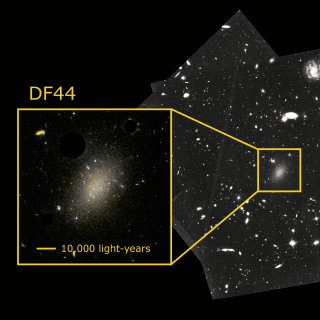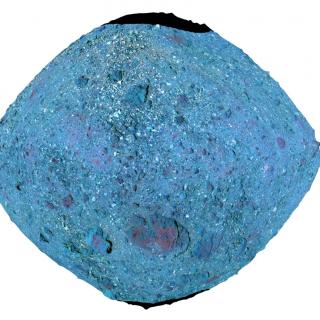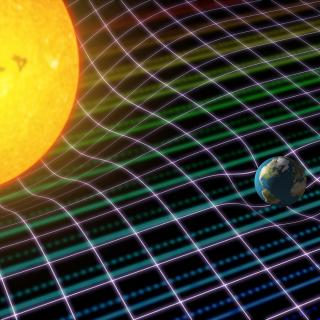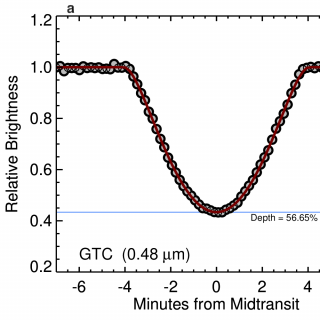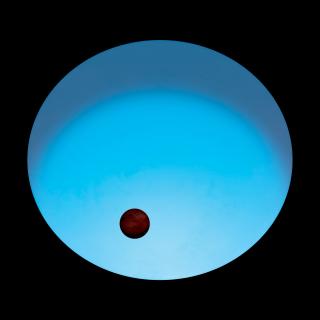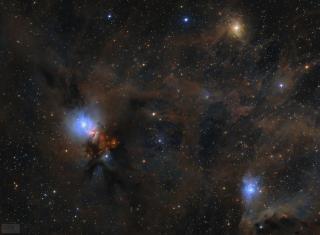
The main emission mechanisms of the interstellar medium (ISM) in the spectral range between the radio and the far infrared are very well characterised and understood, both observationally and theoretically, for decades. However, in the late 90s a new mechanism was discovered in the microwaves, that has been coined “anomalous microwave emission” (AME). A basic feature of this emission is its tight spatial correlation with the thermal emission from ISM dust grains. This means that the AME observed intensity is stronger in regions with a higher abundance of ISM grains. This led to the proposal
